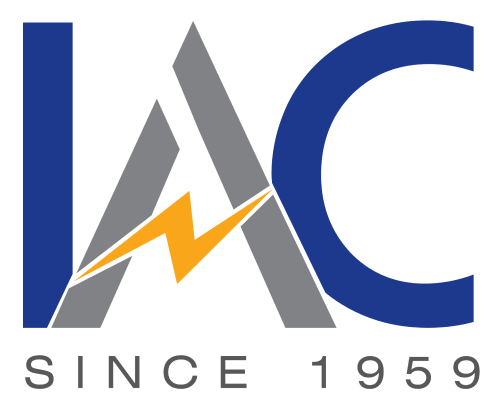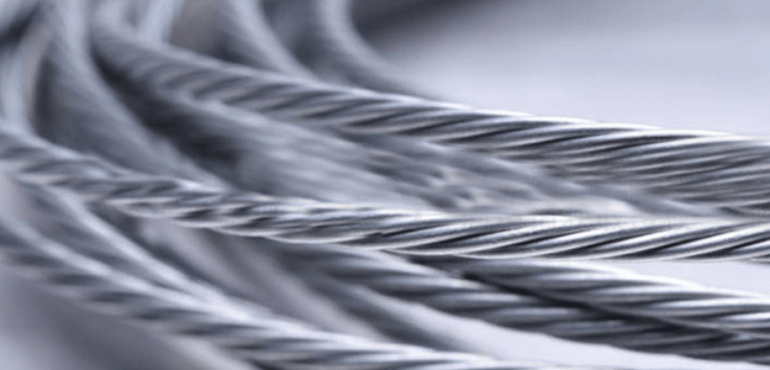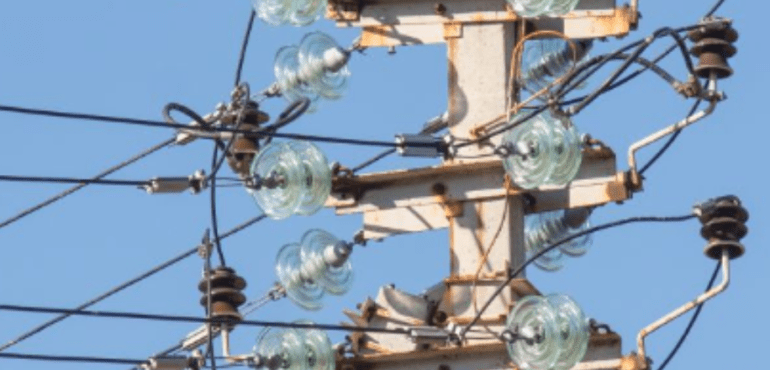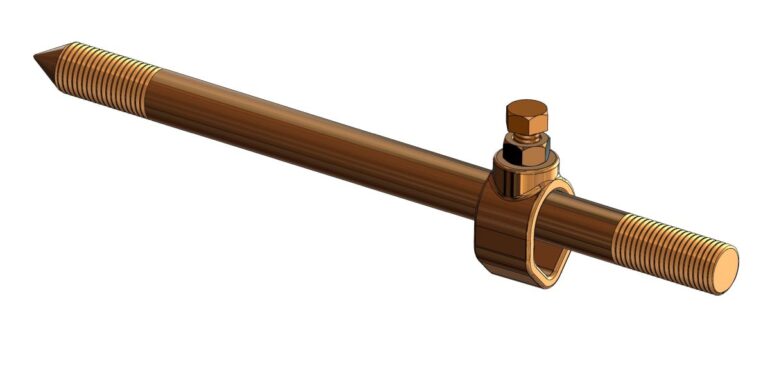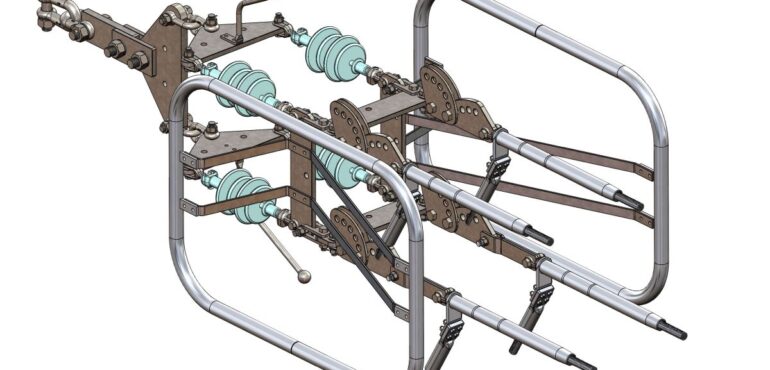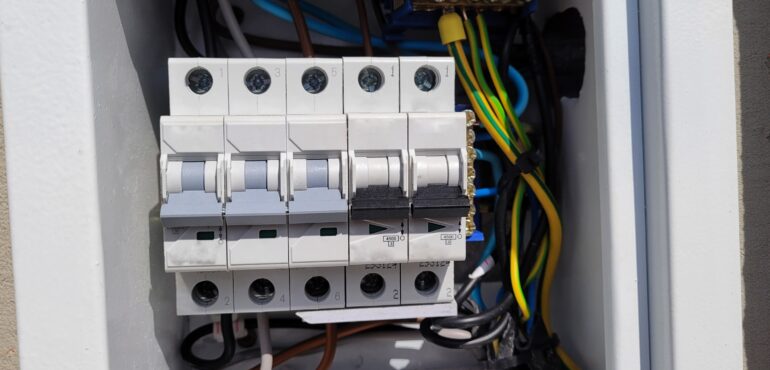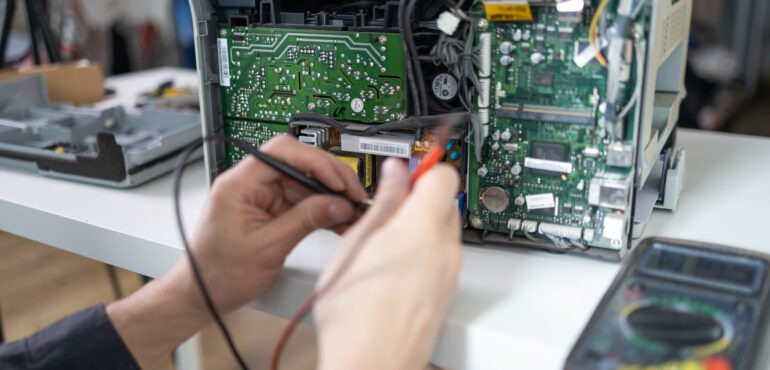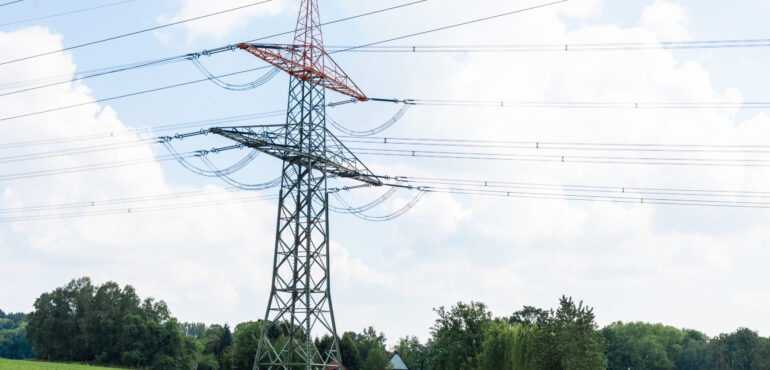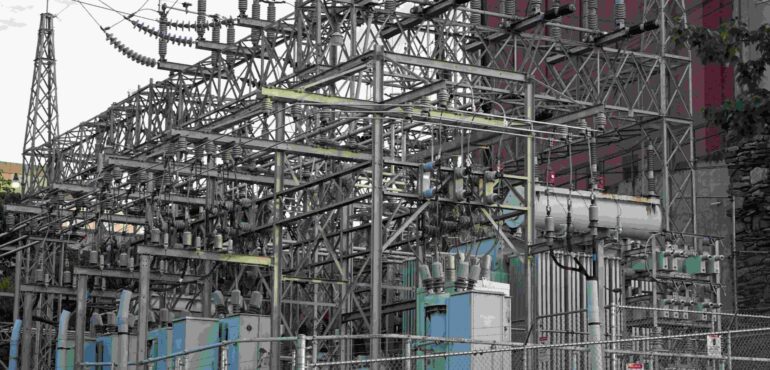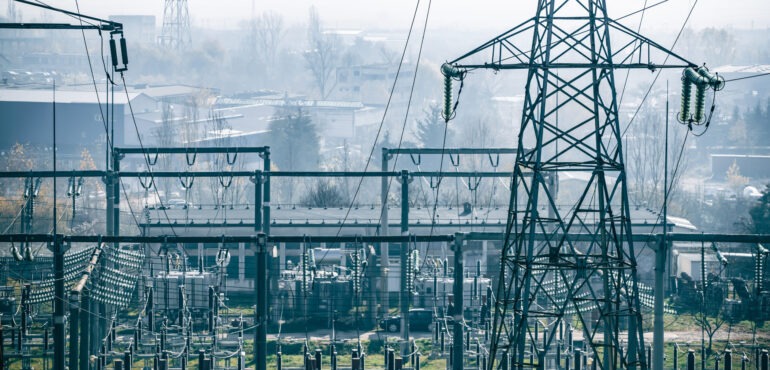Stay wires play an important role in supporting overhead power lines. It provides great stability and resilience to the infrastructure. With different stay wires available, each of them is designed to meet specific requirements, and understanding the differences is essential for selecting the right one for the job. In this blog, IAC electricals, a manufacturer of...
In the world of modern infrastructure, OPGW or Optical Ground Wire cables stand as a testament to innovation and efficiency. Combining the functions of both optical fiber and overhead ground wire, OPGW cables have revolutionized the way data and power transmission networks operate. OPGW cable accessories have been revolutionizing the data and networks all over. ...
Earth rods are the parts of earthing accessories that are also known as grounding rods. They are vital components for electrical safety. These long, metal rods driven into the ground act as a safety net. They channel excess electrical currents, like faults or lightning strikes, away from people and equipment, preventing harm and ensuring a...
Insulator hardware fittings are components used in electrical systems to support and attach insulators to various structures such as poles, towers, or walls. These fittings play a crucial role in maintaining the stability and proper functioning of the insulators. This hardware material is designed to prevent the flow of electricity between conductors and the structures...
Low voltage wire vs regular wire: what is the difference between them? Despite its versatile uses in the commercial and residential property, low voltage wire is different and has the distinct feature that can differ from the regular wire. When we are talking about the networking system, two wires always stand out: Low voltage wire...
Low voltage & Regular wire: which wire is best? When setting up a network, choosing the right cables is crucial. There are mainly two types of wire available: low-voltage wire and regular wire. They each have their own features, benefits, and best uses. In this guide, we’ll explain the differences between them, where they’re commonly...
What is a Power Cable? An electrical power cable is employed for transmitting and distributing electrical energy, comprising two or more electrical conductors connected with an outer sheath. This type of cable is utilized in scenarios where overhead lines are not feasible, such as in marine environments or airfield crossings, especially for the transmission of...
Low voltage cabling installation is the optimal solution for businesses aiming for top-speed connectivity across their network requirements. As the demand for internet-connected devices and data transfer increases, organizations seek a system that surpasses the limitations of standard electrical wiring and wireless networks. Low voltage wiring, is also recognized as structured cabling. It serves as...
Electricity spans across vast areas, connecting towns, cities, and even remote areas like mountains, deserts, and offshore areas. This expansive reach is made feasible by a network consisting of distribution grids, power lines, and transformer substations. Referred to as power transmission lines or high-voltage lines, these channels convey electricity from power plants or generator parks...
ABC, or Aerial Bundled Cable, introduces a new approach to overhead power distribution, offering enhanced safety and reliability compared to traditional bare conductor systems. It boasts reduced power losses, improved voltage stability, and cost-effectiveness through decreased installation, maintenance, and operational expenses. The HD 626 standard forms the basis for the construction and mechanical properties of...


